
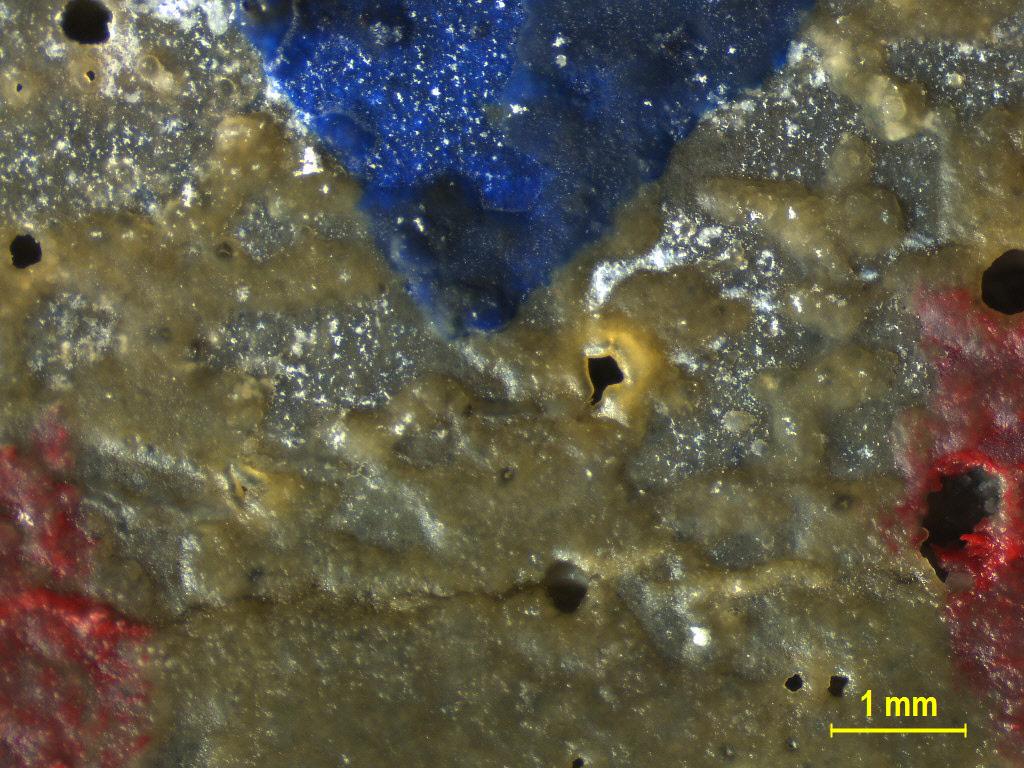
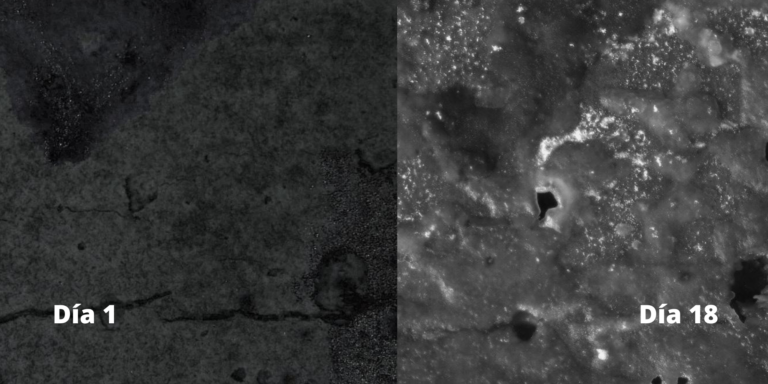
A joint study between the Cementos Progreso Research and Development Center and the Universidad del Valle de Guatemala (UVG), directed by Dr. Pamela Pennington, and carried out by Ana Mercedes Heredia, from UVG, isolated and identified bacteria from the soil from the San Miguel plant in Sanarate El Progreso, which has the capacity to produce calcium carbonate (limestone mineral). With this research it was determined that nutritional formulations can be used for these microorganisms based on industrial waste.
In total, there are 11 bacteria isolated from three different genders that were obtained in the study. These bacterias are capable of producing calcium carbonate from organic matter, which presents an opportunity to reduce the carbon footprint of the cement industry considerably.
The research began in March 2018, and although the thesis ended in November 2019, the study continues to date with new students and new objectives.
Roberto Díaz, Research and Development Manager at Cementos Progreso, indicated that the research is far-reaching, as it identifies microorganisms that can be used as an additive for concrete or cement mortars. “By their nature and metabolism, these bacteria could fill spaces between cracks of a constructive element when it come into contact with water. This is known as bioremediation or biorepair of concrete ”he indicated.
This research may represent a great opportunity for the industry to produce concretes that suffer cracks for any reason and are treated with this bacteria. With this, the cracks could be filled and repaired, for the moment for an aesthetic effect but that only opens the door to more research and future applications.
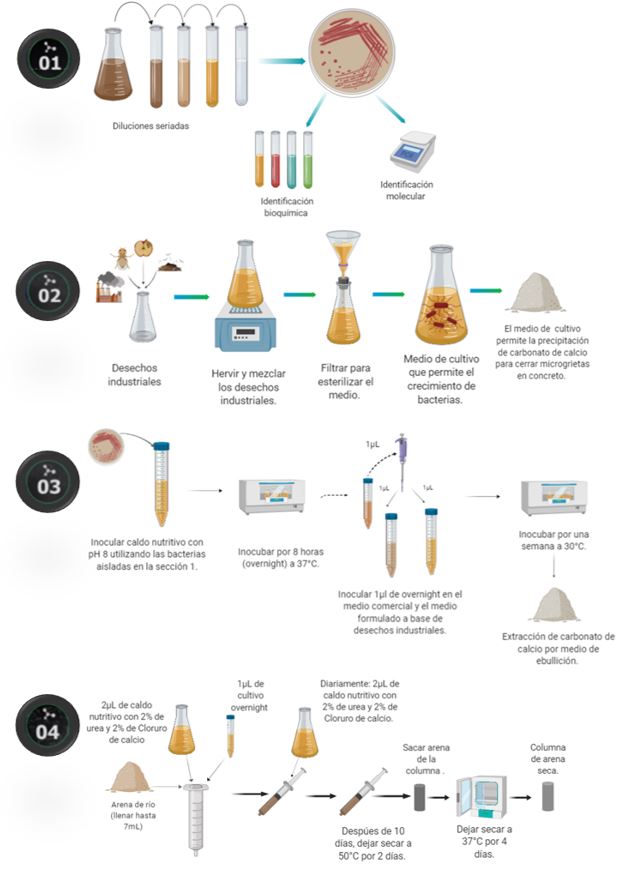
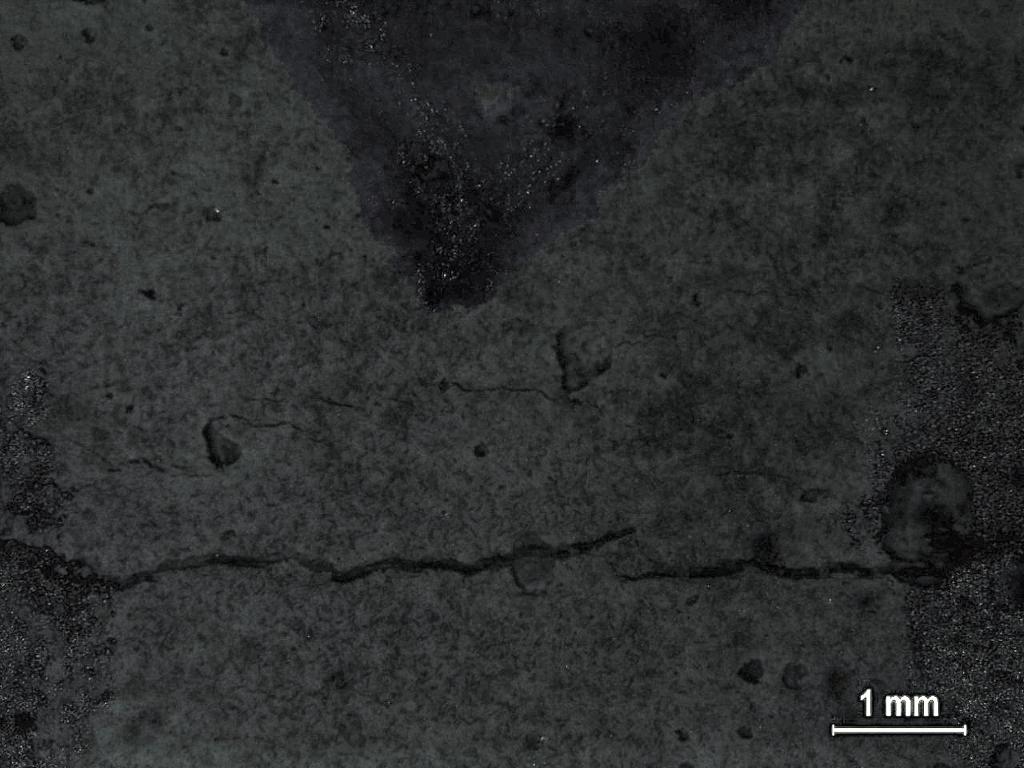
This project is part of the «Professional Interns» and «Technical Research Visit» programs of the Cementos Progreso Research and Development Center, in which future professionals of the following careers have been trained for seven years: Civil Engineering, Chemical Engineering , Bachelor of Chemistry, Geology, Architecture and Industrial Design.
The objective and focus of the projects and results respond to the needs of some of the Progreso companies. In the case of this research, it could even benefit the country if this type of material is used for bioremediation (biotechnological restoration process with the help of microorganisms) of historical buildings, and why not, even of pre-Hispanic ruins.
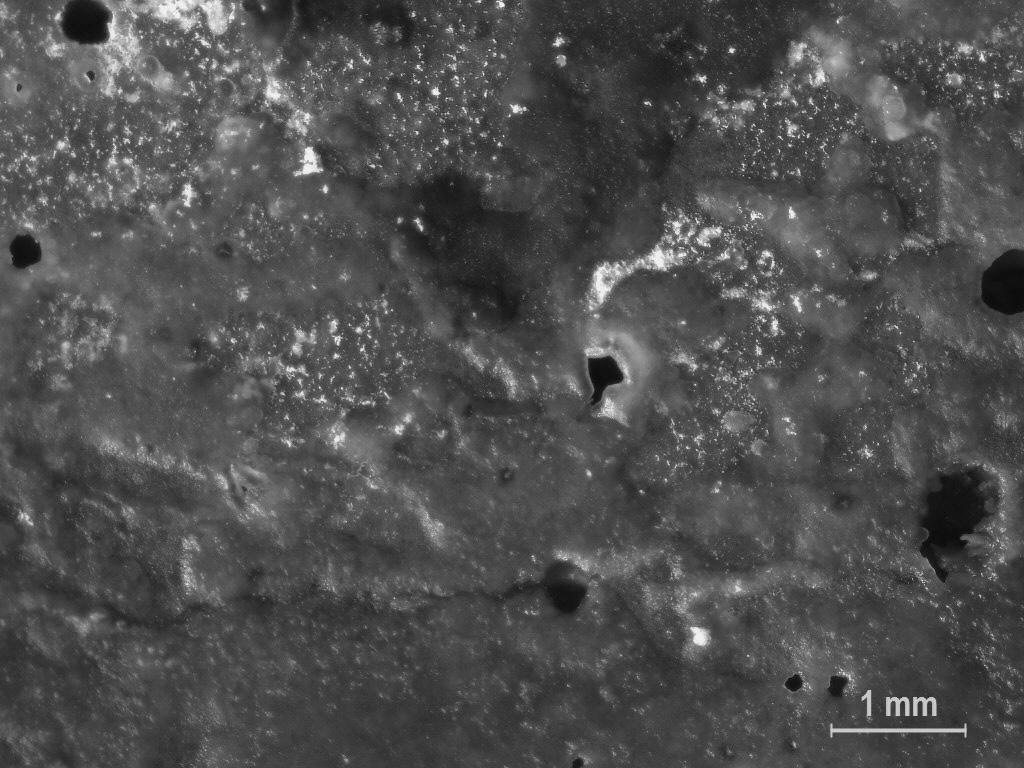
The investigation was in charge of professors and students of the UVG and scientists of the CETEC. On behalf of the UVG: Ana Mercedes Heredia, Mariandrée Linares, Marcela Morales, Julio Matute, Dra. Pamela Pennington and Nohemy Zelada. On behalf of Cempro’s CETEC: Luis Velásquez, Roberto Díaz, Elvis García and Ricardo Posadas.
The data: The research has been running in the CETEC laboratories for two years and in its current stage includes the participation of Sofía Cintron Maegli as a researcher and thesis student.